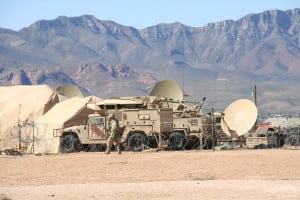
With the Army’s tactical network modernization effort focused now on dropping new capabilities every two years beginning in 2021, officials said Thursday a preliminary design review of the first set of technologies is underway with procurement contracts likely to be awarded next spring. Joe Welch, acting deputy for Program Executive Office - Command, Control Communications-Tactical (PEO C3T), told attendees at a C4ISRNET conference the first capability set in FY '21 will include delivering core capabilities to establish the new Integrated…

 By
By 











